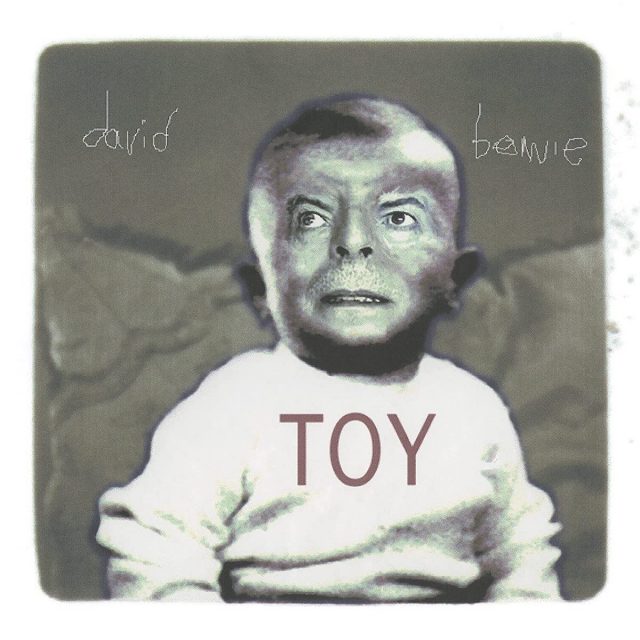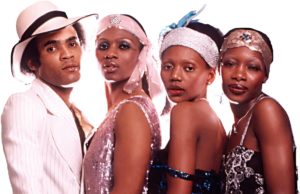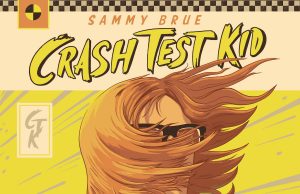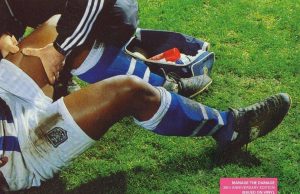Maybe you’ve got one of the bootleg editions that popped up over the years. Or maybe you just scored the official version in the Brilliant Adventure box that came out before the holidays. But if you want a standalone copy of David Bowie’s famously shelved 2000 album Toy, you’ll have to shell out for the tree-disc Toy:Box. Is it worth it? Definitely — provided you’re enough of a fan / completist to want a second disc of similar-sounding alternate versions (along with a couple of extras), and a third featuring some surprisingly interesting stripped-down acoustic mixes. If you’d prefer a copy of Toy without all the bells and whistles, well my advice is to sit tight. There’s surely a single-disc version coming down the pipe.
THE EDITED PRESS RELEASE: The day before what would have been David Bowie’s 75th birthday (and three days before the sixth anniversary of his untimely and shocking death), his legendary unreleased album Toy gets an official standalone release in the three-CD (or six 10” vinyl) set Toy:Box.
Toy was recorded following David’s triumphant Glastonbury 2000 performance. Bowie entered the studio with his band — Mark Plati, Sterling Campbell, Gail Ann Dorsey, Earl Slick, Mike Garson, Holly Palmer and Emm Gryner — to record new interpretations of songs he’d first recorded from 1964-1971. David planned to record with the band playing live, choose the best takes and release it as soon as possible. Unfortunately, in 2001 the concept of the surprise album and the technology to support it were still years off, making it impossible to release Toy as instantly as David wanted. In the interim, David moved on to something new, which began with a handful of new songs from the same sessions and ultimately became the album Heathen, released in 2002 and now acknowledged as one of his finest moments.
Now, 20 years after its originally planned release, co-producer Plati says, “Toy is like a moment in time captured in an amber of joy, fire and energy. It’s the sound of people happy to be playing music. David revisited and re-examined his work from decades prior through prisms of experience and fresh perspective — a parallel not lost on me as I now revisit it 20 years later. From time to time, he used to say ‘Mark, this is our album’ — I think because he knew I was so deeply in the trenches with him on that journey. I’m happy to finally be able to say it now belongs to all of us.”
The seeds of Toy were first sown in 1999 during the making of an episode of VH-1 Storytellers. David wanted to perform something from his pre-Space Oddity career, so he reached back to 1966 and dusted off Can’t Help Thinking About Me for the first time in 30 years. The song remained in the setlist for the short promotional tour for the hours… album, and in early 2000 David and Plati compiled a list of some of Bowie’s earliest songs to re-record.
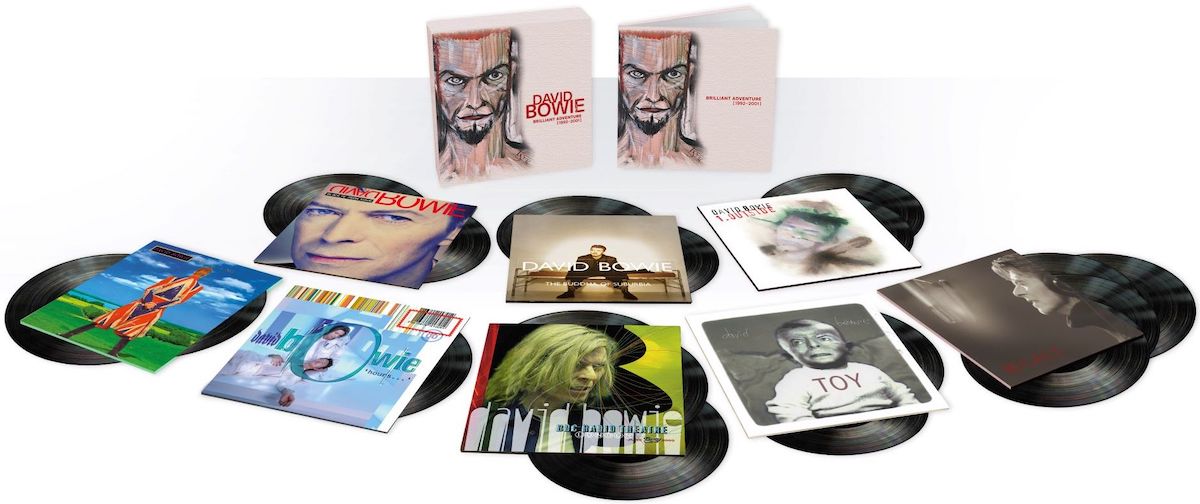
Toy finishes with a new song from which the album takes its title, Toy (Your Turn To Drive) was constructed from a jam at the end of one of the live takes of I Dig Everything. The track is based around rearranged sections of Campbell’s drums, Dorsey’s bass and sections of Garson’s piano were looped along with a guitar line of Slick’s that was sampled, time stretched and used as a repeating figure. Lastly, some of Holly and Emm’s backing vocals were cut up and reassembled. Says Plati: “As it was culled from I Dig Everything, it makes sense to bookend the album with this track — it’s also a fitting postscript to the Toy era.”
Included in Toy:Box is a set of of Alternatives and Extras, including proposed B-sides (versions of David’s debut single Liza Jane and 1967’s In The Heat Of The Morning), later mixes by Tony Visconti and the Tibet Version of Silly Boy Blue recorded at the time of the 2001 Tibet House show in New York featuring Philip Glass on piano and Moby on guitar.
The third disc features Unplugged & Somewhat Slightly Electric mixes of 13 Toy tracks. “While we were recording the basic tracks, Earl Slick suggested that he and I overdub acoustic guitars on all the songs,” Plati says. “He said this was a Keith Richards trick — sometimes these guitars would be a featured part of the track, and at other times they’d be more subliminal. Later while mixing, David heard one of the songs broken down to just vocals and acoustic guitars; this gave him the idea that we ought to do some stripped-down mixes like that and that maybe one day they’d be useful. Once we put a couple of other elements in the pot, it felt like it could be a completely different record. I was only too happy to finish that thought some two decades after the fact.”













